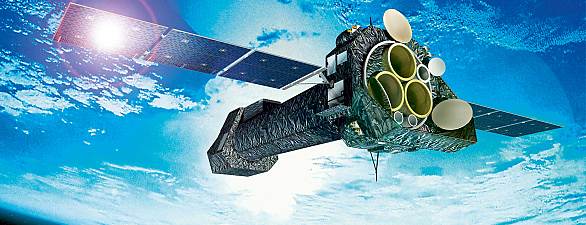A proposal with title XMM-Newton Background for Extended Sources – Analysis and Stacking Tool (X-Beast) was submitted to the EC Horizon 2020 – Space call on March 2017. The Consortium was led by the Istituto Nazionale di Astrofisica (Italy), and the members include the Max-Planck-Gesellshaft zur Forderung der Wissenschaften eV (Germany), the Istituto Universitario di Studi Superiori di Pavia (Italy) and Quasar Science Resources (Spain).
ESA’s X-ray Mission XMM-Newton
The key scientific aim of this proposal was to characterize the nature of the soft proton component seen by the detectors of the ESA X-ray mission XMM-Newton by combining it with magnetospheric satellite data by Cluster. Together with the characterization of all the sources of instrumental background in the detectors of XMM-Newton, the project provides a powerful tool to build appropriate background models to investigate the nature of astrophysical emission. The results of the project will be a key source of information for any future X-ray focusing mission, like Athena, for which soft protons will be one of the main sources of background.
 |
 |
Effect of the instrumental background on an image from one of the XMM-Newton detectors. The right figure shows the spectra of the instrumental noise in this CCD detector.
One of the most challenging astrophysical questions to date is the nature of dark matter or the nature of cosmological backgrounds. The results of this project not only will enhance our understanding of the true X-ray sky, but it will also have huge implications on identifying the Dark Matter that dominates the mass content of the Universe.
In July 2017 we found out that the project had not been approved for funding.



